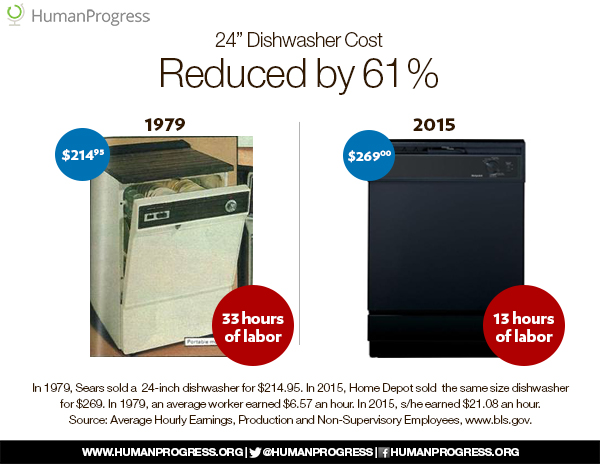“As I wrote in a chapter of my recent Cato book, remote work helps employers—especially newer and smaller ones—expand their pool of potential workers, retain the workers they already have, and lower their commercial real estate costs. It can also help workers and employers find better, more productive matches and can boost employment among formerly marginalized workers—outcomes that are good for both the people involved and the broader U.S. economy.
When I wrote that book chapter in mid‐2022, however, the future of remote work was cloudy: Data on its effects and durability were limited; pandemic‐era restrictions were (mostly) gone, thus eliminating some of the remote work necessity; companies and workers were still figuring out such details as the proper balance between home and office; and some employers—especially at big, highly visible companies—were calling their workers back into the office full time. All of those factors made whether we were reverting to the old normal or experiencing a new one an open question.
Today, however, we have a lot more information, and it’s increasingly clear remote work is here to stay—and mostly for the better.”
From Cato Institute.


